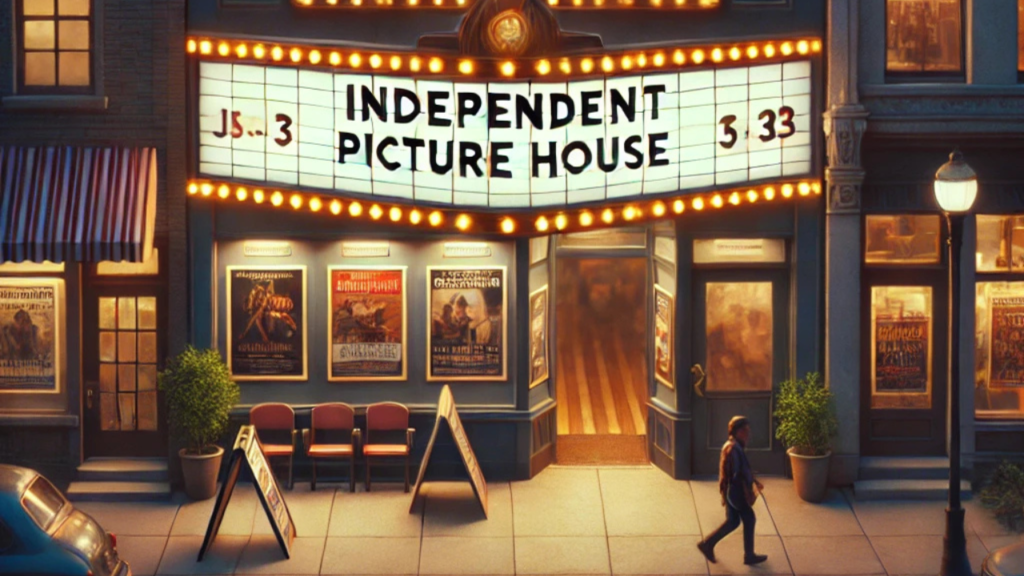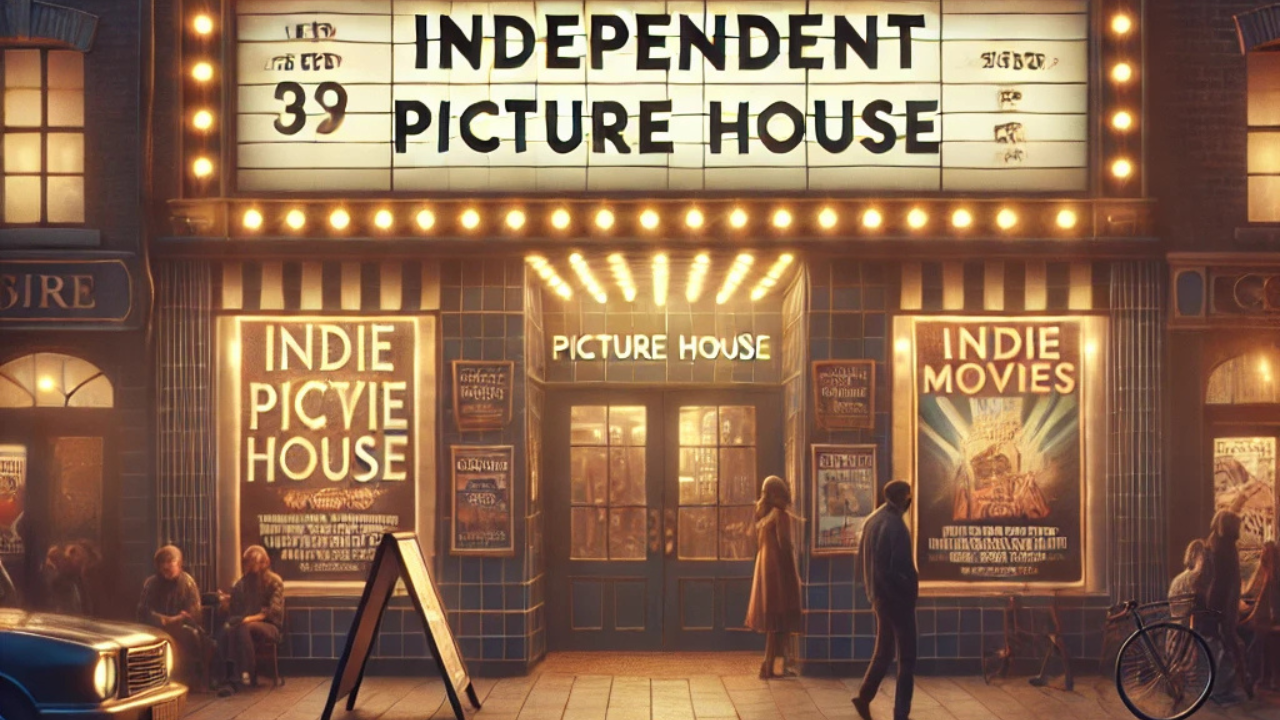Introduction
Independent picture houses, or indie cinemas, are more than just places to watch films. They are cultural sanctuaries, preserving the rich tapestry of global storytelling. the independent picture house Unlike corporate multiplexes that often focus on mainstream blockbusters, independent picture houses showcase a curated selection of films, ranging from thought-provoking indie creations to timeless classics. These cinemas bridge the gap between art and the audience, fostering a deep appreciation for the craft of filmmaking.
In today’s era of streaming dominance, the independent picture house stands as a bastion for authentic cinema experiences. This article delves into their historical roots, unique charm, challenges, and how they continue to thrive in the modern era.
The History and Evolution of Independent Picture Houses
The story of independent picture houses is deeply intertwined with the evolution of cinema itself. In the early 20th century, small-town theaters served as gathering spots where communities experienced the magic of film. As Hollywood grew into a behemoth, many of these cinemas became overshadowed by larger corporate chains. However, the 1960s and 70s saw a resurgence of interest in independent cinema, driven by a new wave of filmmakers eager to challenge mainstream storytelling norms.
By the 1980s, independent cinemas became cultural hubs, hosting film festivals and screening arthouse films that wouldn’t typically find a place in commercial theaters. Iconic venues like The Music Box Theatre in Chicago and The Prince Charles Cinema in London became synonymous with this movement, showcasing everything from avant-garde films to cult classics.
Independent picture houses continue to evolve, embracing modern technologies while staying true to their roots. They’ve become spaces where cinephiles can explore narratives that reflect diverse cultures, perspectives, and genres, ensuring that the art of cinema remains vibrant and inclusive.
The Unique Appeal of Independent Picture Houses

Independent picture houses’ unwavering commitment to individuality sets them apart from their corporate counterparts. Stepping into an indie cinema is like entering a different world characterized by eclectic decor, intimate seating, and a palpable love for film. Unlike the cookie-cutter designs of multiplexes, each independent cinema has its personality, often inspired by its local culture and history.
A key aspect of their allure is their programming. Indie cinemas pride themselves on showcasing a diverse mix of films, including independent productions, international cinema, and forgotten gems of the past. This curated selection caters to cinephiles who crave more than the predictable formula of mainstream movies. By providing a platform for emerging filmmakers, these venues also nurture fresh talent and voices that challenge the status quo.
Community engagement is another hallmark of independent cinemas. Beyond film screenings, many host Q&A sessions with directors, workshops, and themed events that turn a simple movie night into a memorable experience. This deep connection with audiences fosters a sense of belonging and makes the independent picture house a cornerstone of cultural life.
Challenges Faced by Independent Picture Houses
Despite their undeniable charm and cultural significance, independent picture houses face an uphill battle. One of their biggest challenges is competing with corporate multiplexes, which dominate the industry with extensive marketing budgets and prime locations. Additionally, the rise of streaming platforms like Netflix and Amazon Prime has fundamentally changed how audiences consume content, making it harder for indie cinemas to draw crowds.
Financial constraints further exacerbate their struggles. Unlike large theater chains, independent cinemas operate on tight budgets, relying heavily on ticket sales and community support. The COVID-19 pandemic dealt a significant blow, with many venues forced to shut down temporarily or permanently due to dwindling attendance.
Technological advancements also pose a challenge. While adopting digital projection and online ticketing systems is essential to staying relevant, these upgrades require significant investment. Moreover, reaching younger audiences, who often prefer on-demand entertainment, adds another layer of complexity. Despite these hurdles, independent cinemas continue to fight for their survival, driven by passion and the unwavering support of their loyal patrons.
The Resurgence of Independent Cinemas in the Modern Era
In recent years, independent cinemas have demonstrated remarkable resilience and adaptability. Many have embraced creative strategies to stay afloat and even thrive. Collaborations with local artists, film festivals, and community organizations have helped these venues diversify their offerings and attract a wider audience.
One notable trend is the rise of experiential cinema. Indie picture houses are transforming movie nights into immersive events, complete with live performances, themed decor, and interactive activities. This unique approach enhances the cinematic experience and differentiates them from their competitors.
Loyal cinephile communities have played a pivotal role in the resurgence of independent cinemas. Audiences ensure these cultural institutions remain viable through memberships, donations, and word-of-mouth promotion. Social media platforms have also allowed indie cinemas to reach broader audiences, promoting their events and creating vibrant online communities.
Examples of successful independent cinemas abound. For instance, the Music Box Theatre in Chicago regularly hosts special screenings and festivals that draw film enthusiasts nationwide. Similarly, Le Champo in Paris has maintained its reputation as a haven for cinephiles by curating an exceptional selection of films and fostering a sense of nostalgia.
Conclusion
Independent picture houses are more than just venues for watching films; they are cultural institutions celebrating storytelling. They play an indispensable role in cinema by offering unique experiences, fostering community connections, and championing diverse voices.
While challenges persist, the resilience and creativity of independent cinemas give hope for a bright future. Supporting these venues not only preserves a cherished tradition but also ensures that the art of filmmaking continues to flourish. So, the next time you want an unforgettable movie experience, consider visiting your local independent picture house.
FAQs
1. What is an independent picture house?
An independent picture house is a cinema that operates independently of major theater chains and focuses on unique and diverse programming.
2. How do independent cinemas differ from multiplexes?
Independent cinemas offer a personalized experience, curated film selections, and a strong connection to their local communities, unlike multiplexes that primarily screen mainstream blockbusters.
3. Why are independent picture houses important for filmmakers?
They provide a platform for emerging filmmakers and films that might not receive attention in larger commercial theaters, fostering creativity and diversity in cinema.
4. What are some famous independent picture houses?
Examples include The Prince Charles Cinema in London, The Music Box Theatre in Chicago, and Le Champo in Paris.
5. How can I support my local independent cinema?
Attend screenings, purchase memberships, promote them on social media, and participate in community events or fundraisers.
You May Also Read: https://buznews.org/icryptox/
